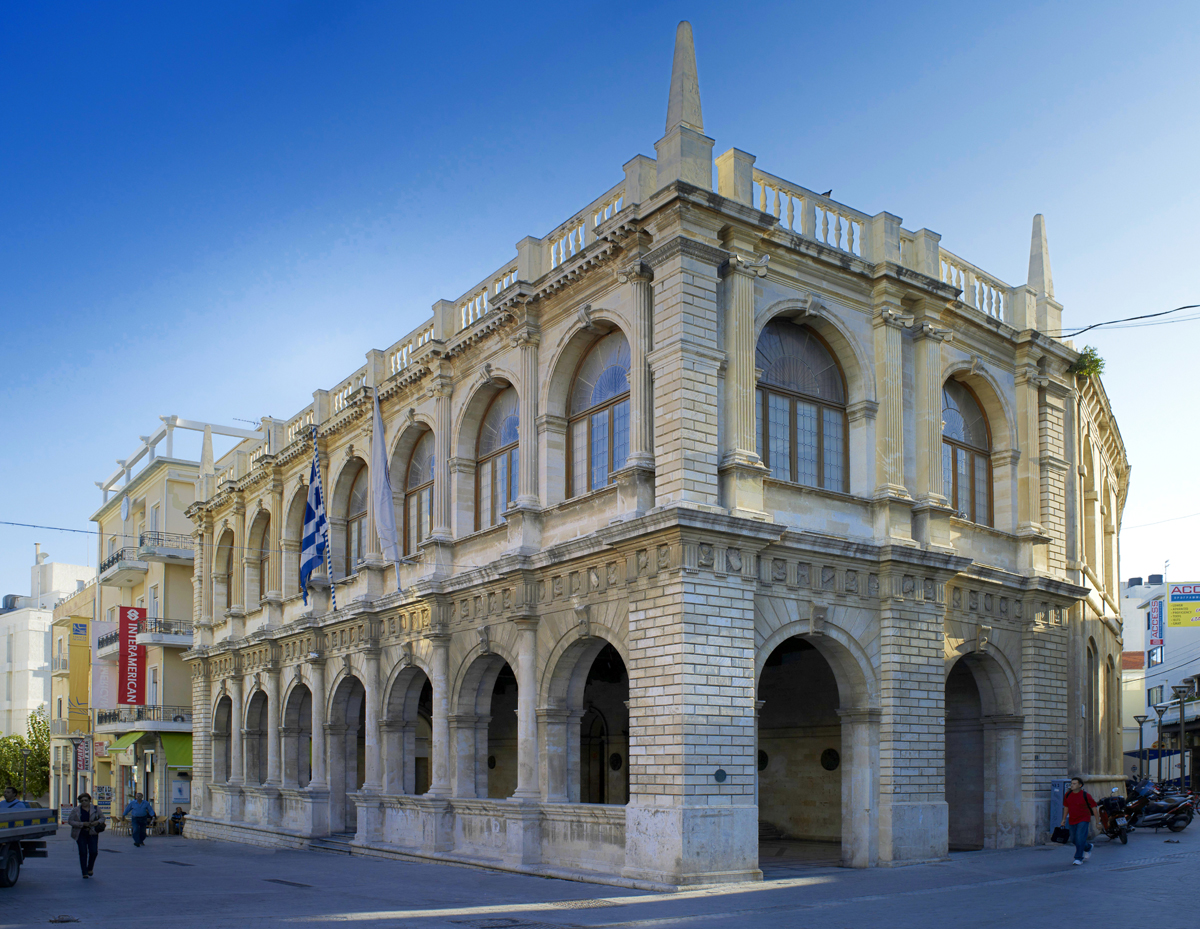
European cross-border cooperation programme coordinated by the
“Energy and Environmental Design of Buildings Laboratory” of the University of Cyprus
“Energy upgrading of the historic buildings of the Presidential Palace of the Republic of Cyprus and Loggia – Heraklion Town Hall”
The “Energy and Environmental Design of Buildings Laboratory” of the Faculty of Engineering of the University of Cyprus coordinates the new European cross-border cooperation project “Energy upgrading of the historic buildings of the Presidential Palace of the Republic of Cyprus and Loggia – Heraklion Town Hall” with the acronym “ANAVATHMIZO”( “UPGRATING” ). The project is being implemented in the framework of the INTERREG VA Greece – Cyprus “2014-2020” cross-border cooperation programme and aims to address the challenge of energy upgrading historic buildings. The implementation of energy upgrading interventions in historic buildings requires special attention, proper design and compliance with the restrictions and prohibitions related to the respect and preservation of their form. The absence of relevant standards and good practices results in a limited number of energy retrofit projects for historic buildings within the eligible area. Therefore, an important innovation of this project is the standardisation to address this difficult issue on the basis of “comprehensive energy planning” through a multidisciplinary and cross-border approach and cooperation.
The 24-month project has a total budget of €2,196,629.50, co-financed by the European Union (E.T.P.A.) and national funds from Greece and Cyprus.
The main objective of the ANAVATHMIZO (UPGRATING) project is to contribute to the achievement of the objectives of the European Union and the Member States for the transition to a low-carbon economy by increasing energy efficiency and the use of Renewable Energy Sources (RES) in public infrastructure, including public buildings and the housing sector.
The project has a positive impact on the environment by reducing greenhouse gas emissions, improving thermal comfort, indoor air quality and maintaining a clean environment. In addition, it achieves primary energy savings and implements best practices for its rational management. At the same time, at a social level, it enhances environmental awareness, education and contributes to raising awareness among users and visitors of the buildings and society in general.
Standard public historic buildings
To meet the objectives of the project, two emblematic historic buildings were selected to host central public functions, the Presidential Palace of the Republic of Cyprus, which was completed in 1936, and the Loggia, which houses the main building of the Heraklion (Crete) Town Hall and is estimated to have been built, in its present form, around 1628. The particular historical, social and architectural value of these buildings, as well as their common characteristics in terms of the use of local materials and traditional construction methods, allows for the implementation of a common design framework and strategies to improve their energy efficiency. These iconic historic buildings will become active examples of best practice for citizens, professionals, the scientific community and policy makers.
Cross-border cooperation
The project is coordinated by the University of Cyprus, with the academic responsibility of the Assistant Professor of the Department of Architecture Emilio Michael and the project manager Dr Apostolos Michopoulos, while the Department of Electromechanical Services and the Department of Public Works of the Ministry of Transport, Communications and Works of the Republic of Cyprus, the Presidency of the Republic of Cyprus, the Municipality of Heraklion and the Special Account of the Hellenic Mediterranean University are participating in the project in the form of a partnership.
More information about the project on the website: https://www.anavathmezo.eu/.
Department of Architecture, University of Cyprus: www.ucy.ac.cy/arch/
Editors: Dr Apostolos Michopoulos and Irini Kiritsi, Energy and Environmental Design of Buildings Laboratory, Department of Architecture, University of Cyprus
.







Leave A Comment